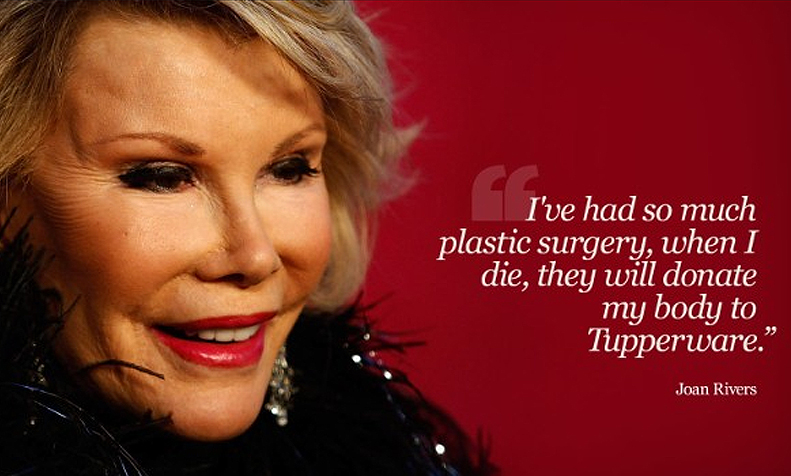Congratulations to all the winners! Here’s wishing you (and them) a year’s worth of healthy skin!

Positively Pale Performer - Emma Stone in "La La Land"

Make no mistake, actress Emma Stone is a risk-taker. She went outside of her comfort zone, emoting, singing and dancing her way through the Oscar-nominated musical “La La Land.” Her efforts were rewarded with an Academy award for best actress. There appears to be one risk that she won’t take: Sun exposure.

She has serious entertainment skills, but as a fair-skinned redhead, doesn’t have the ability to protect herself from UV. Auditioning in Southern California over the years, she must have made major efforts to avoid the sun. Not only is the weather warm year-round in Tinseltown, the beach scene still reigns supreme and tanning remains ingrained in the culture.

Perhaps that’s why she tried spray tans, the organic dyes that impart an orange hue without using light. But even she admitted: “I was like ‘I love spray-tanning so much.’ But it definitely makes me look like I have leprosy, after a point.”

Since the sun would increase Stone’s freckling, result in premature wrinkling and put her at risk for skin cancer, we commend her efforts to remain positively pale. She can add a Skinnies Award to her list of accolades.

Runner-Up, Positively Pale Performer: Actor Dennis Hurley in Justin Timberlake's "Can't Stop the Feeling" Video

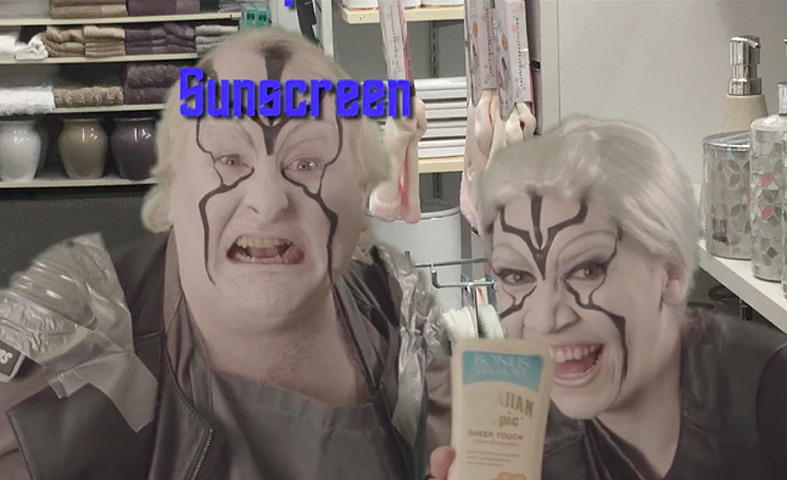

And then, as a boogeying grocery store clerk, he parties indoors and in the shade with Justin Timberlake. He “Can’t Stop the Feeling” of not being sunburned.

Rash of the Year - Eczema seen in HBO's "The Night of"

In 2016, HBO brought us the compelling but oddly titled series, “The Night of.” A young Middle Eastern American man is accused of murder. His attorney, played by John Turturro, usually represents drug dealers and prostitutes. This high profile case is his chance for the big time. How to illustrate his insecurity and visually convey his struggle to succeed? The show runners decided to give his character eczema, that’s how.
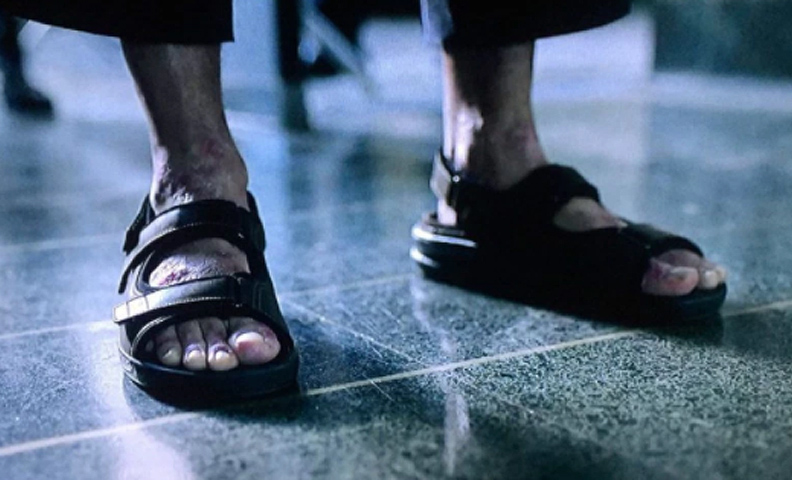
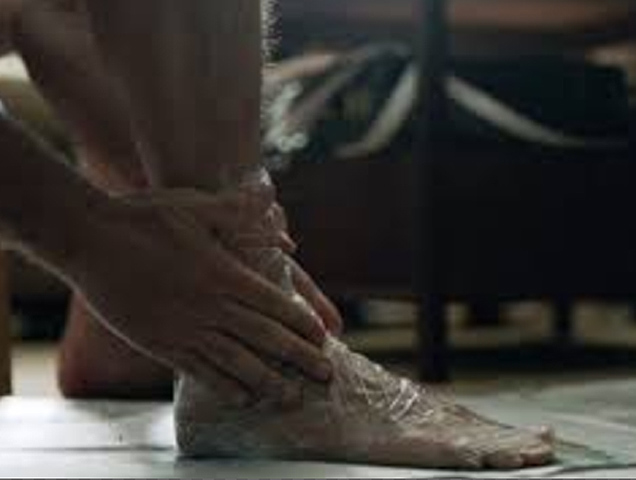
The series attempts to illustrate the frustrating lack of a cure for eczema. In various episodes, Turturro tries cortisone creams (helpful but potential long term side effects), moisturizing (reducing dryness as a trigger, but messy), and even herbal treatments. Here Turturro tries creams under plastic wrap to increase absorption. While the series does not mention of safer prescription topicals like Elidel and Protopic, these also aren’t a panacea.
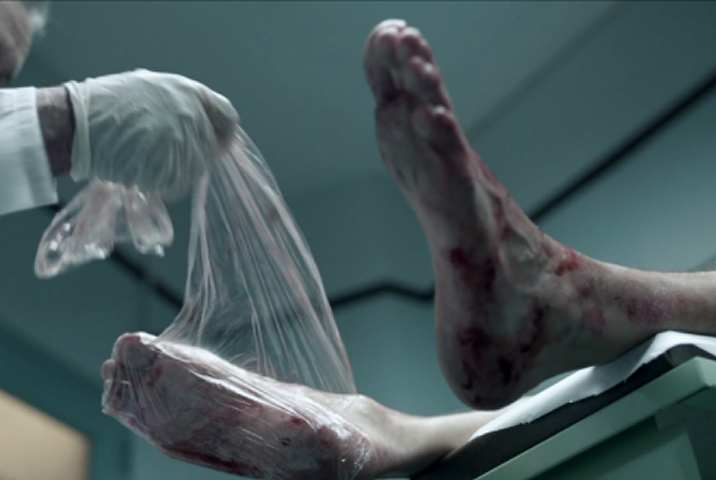
As the trial nears its conclusion, Turturro’s stress elevates and soon his rash has spread from head to scaling toe. Physical and emotional stressors can lead to flares of eczema, nerves likely triggering inflammation. Turturro fights to free his client, but what can free the lawyer of his affliction?
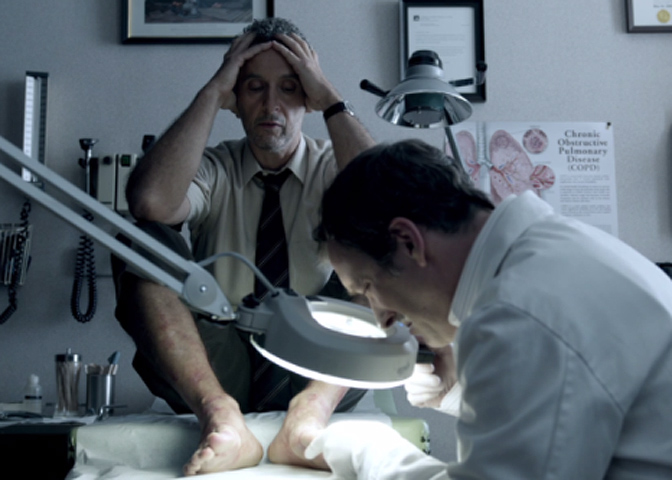
In 2017, treatment options for eczema move in a new direction. Like an avenging attorney, Dupixent (Dupilumab), has been given FDA approval in the US. Working to tamp down the overactive immune system, this self-injected so-called biologic prescription may very well make the storyline of “The Night Of…” as out of date as that of an historic character with syphilis (Meryl Streep film noted below). Dupixent does not cure eczema, but should provide systemic long term relief. If Dupixent doesn’t “Du” it for all eczema patients, several other options are working their way through the US FDA. Dr. Reese has no proprietary interest in these medicines, just an interest in giving patients a break from their itchy, scaly flares.

Here is an image of Oscar-winning actress Octavia Spencer’s elbow from one of her early films. Note the scaly, rough plaque, the classic appearance of psoriasis. Yet, while on the red carpet promoting “Hidden Figures,” her psoriasis seems similarly hidden. Presumably, Spencer has taken advantage of the many topical and biologic options for psoriasis.


Over the last several years, the treatment choices for psoriasis have mushroomed. We are delighted that for other celebs with the condition, from American Idol judge Randy Jackson, to fashion icon Stacey London and even Kim Kardashian, untreated psoriasis is yesterday’s news.
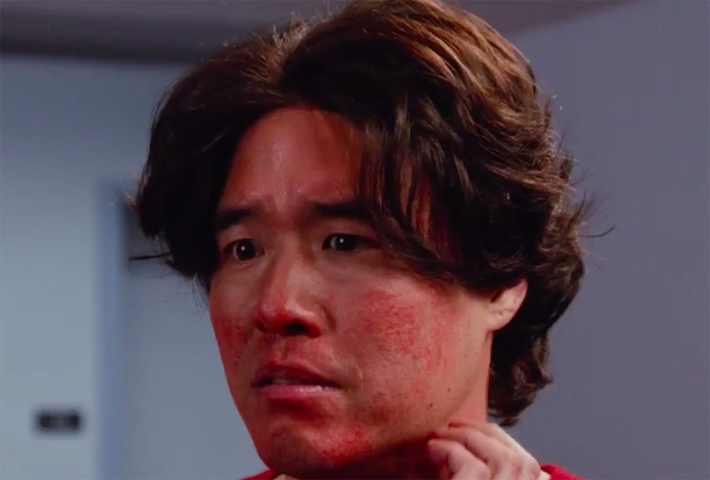
Epidermal Embarrassment - Asian Cheek Flush on "Off the Boat".

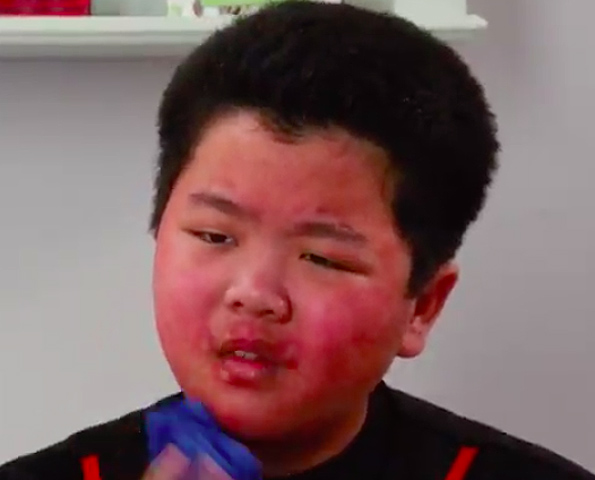
The family’s underage son secretly sips a beer. Quickly, his cheeks become red and swollen. His father instantly recognizes the condition: Asian cheek flush. Like a “Birds and the bees” discussion, he explains his own tendency to the condition.

In a flashback to his college days, the dad tells of drinking in his dorm room. His face and trunk become flushed and he abruptly opens a window in winter to cool down. Known medically as Alcohol Flush Reaction (AFR), the condition affects as much as 50% of those of Japanese, Korean and Northern Chinese descent. The individuals inherit a deficient enzyme called ALDH2 which is needed to metabolize alcohol. The alcohol level is therefore higher in the system, causing the beet red appearance.

The dad then shows his son a home-made “Flush pack,” a set of over-the-counter antihistamine pills, eyedrops and an inhaler all designed to reduce the flushed appearance. For the characters, this is not just a medical issue: Both generations complain how the rosy reaction to rosé sets them apart from non-Asians. Who knows? With increased knowledge about this medical reaction, perhaps there will more understanding and less embarrassment, “flushing” away some stereotypes in the process.

Having Cake and Eating It Too Award - Tie - Scarred Characters in "Westworld" & "Goliath"

A recent scientific study published by Dr. Julie Croley, Dr. Richard Wagner and Skinema’s own Dr. Vail Reese went viral, and we’re taking helpful viral, not Zika viral. Covered by CNN, Reuters, US News and World Report, among countless international click bait coveting cohorts, the analysis is simple: Who has better skin, movie heroes or villains? Spoilers be damned: The bad guys need a makeover compared to morally sound characters. Since the silent film days, scars, birthmarks, tattoos, hair loss and albinism are used as cinema short hand to identify evil. As you can see, Wonder Woman has a Wonder-ful complexion, while mean-spirited Dr. Maru is masking a bad skin day. To telegraph a story to an international audience, nothing says naughty faster than abnormal skin and hair.
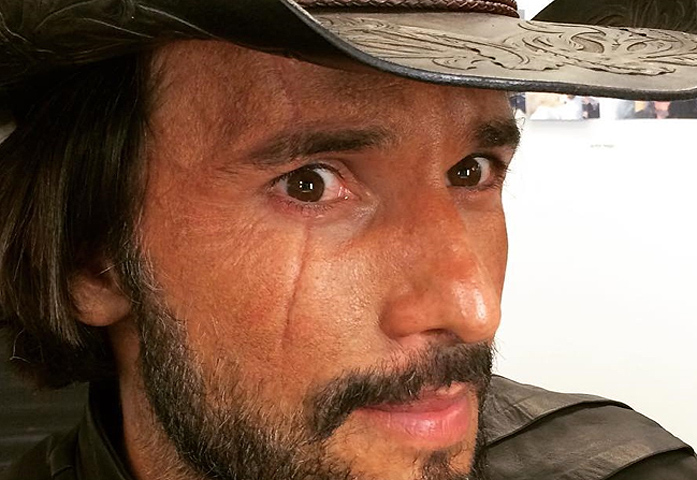





When he is reconstituted in the final episode of season one, Newton decides to leave him scar-less. Through Newton’s character, the show runners acknowledge that scars are an overused device, but only after having used it themselves!

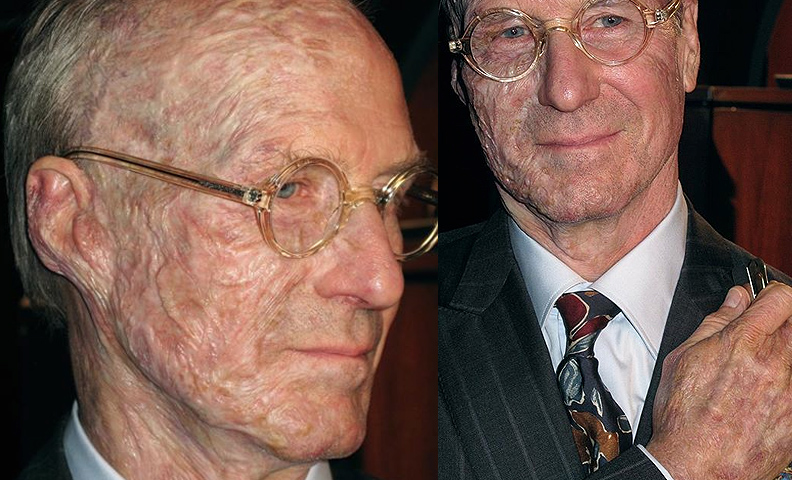
Only issue: Throughout the series, he betrays his fellow lawyers, manipulates them and arranges more than one murder. So while his character whines about the scarred stereotype, his character actually is sinister! The producers want it both ways, having their cake and eating it too. Yummy!

Formerly "Tanorexic" Reality Star - Bravo's Andy Cohen


He became a jet setting kingpin who clearly worshiped at the cult of the sun. Sun exposure, that is. Paparazzi routinely snapped pics of Cohen on the beach, at some Caribbean poolside, proudly flaunting his “sun-kissed” skin. But the sun can be as bitchy a mistress as Bethenny Frankel or Lisa Vanderpump. It doesn’t take long for that kiss to become more of a slap.

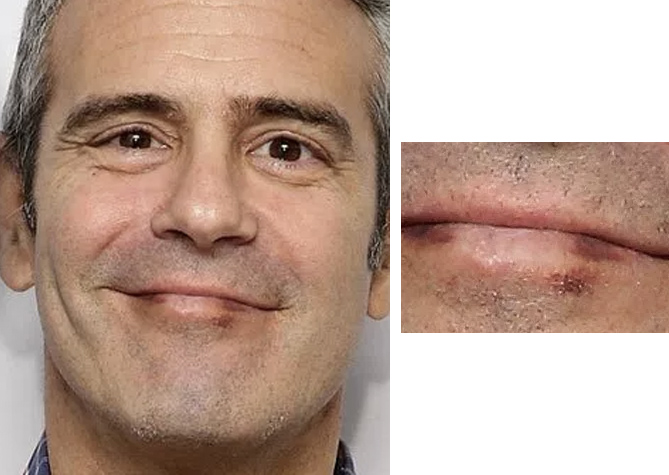
In 2016, Cohen admitted that he had been treated for skin cancer on his lip. He claimed it was melanoma. We at skinema.com think that non-melanoma skin cancer may be more likely—usually melanoma removal would involve a larger excision. Both forms of skin cancer are due to sun damage. Cohen had a wakeup call just as harsh as red wine splashed in the face of a bling-encrusted, Gucci-sporting, nip & tucked, hair-weaved warrior wife.

Perhaps taking a cue from fellow skin cancer survivor Hugh Jackman, Cohen saw the error of his ways. In a dramatic, Reality TV-style moment, he admitted he was “Tanorexic.” The term, defined by our friends at the Urban Dictionary, means “A pun that combines the disorder of anorexia with tanning.”


Kidding aside, we appreciate Cohen’s coming forward and spreading awareness, not just about the skin cancer epidemic, but about the dangers of tanning. We hope this first scare is his last.

Runner Up, Formerly "Tanorexic" Reality Star - Khloe Kardashian
What’s the first thing that comes to mind after the phrase “Reality Star?” Like a Pavlovian doggie’s drool, that term should be “Kardashian.” Yes, the K-Klan has Kornered the reality TV market. And since the K sisters often sport bikinis in sunny climes like “KanKun,” it’s not Krazy that Khloe also came forward last year, admitting she had melanoma on her back.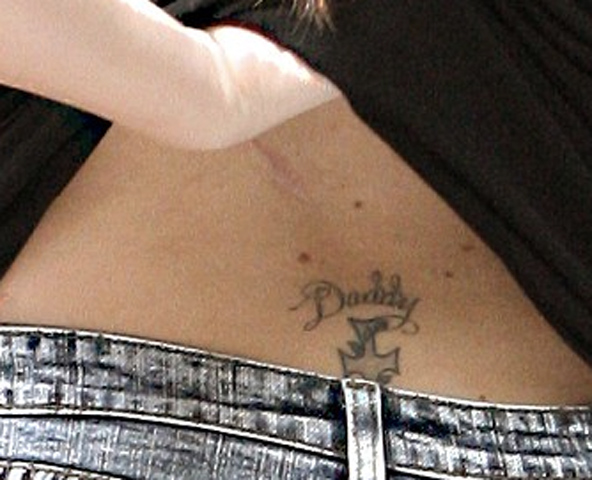
Note the scar surrounded by a Kollection of benign-appearing moles. As long as this was Kaught early, Khloe Kan look forward to more TV ratings. She just needs to Kan the Tan. Presumably, sister Kim, who posted this sun-burned pic a few years ago, also has her moles checked during derm visits for her psoriasis.
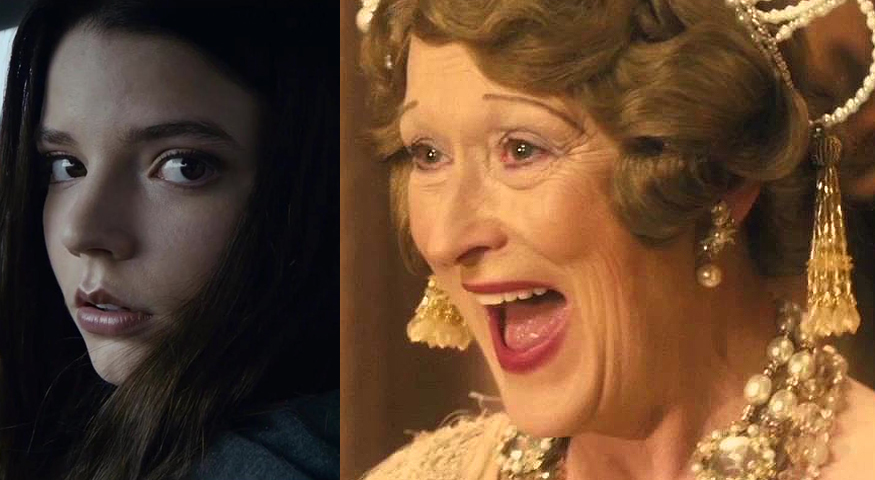
Derm-Damaged Dames, Tie - Meryl Streep in "Florence Foster Jenkins" and Anya Taylor-Joy in "Split"




Whether an attempt to maintain sympathy for her character, or budget savings on prosthetic makeup, we can’t demonstrate syphilis in action. These days, a course of penicillin provides a quick cure for those exposed. If only there was a simple solution for Jenkin’s lack of vocal skills!

In the psychological thriller, “Split,” young heroine Anna Taylor-Joy fights is kidnapped by James McAvoy. His character suffers from a cinematic version of multiple personality disorder. Spoilers about this film follow:



Instead, McAvoy recognizes her as a fellow psychologically damaged victim. He spares her. Her character, hardened by her history of abuse, has survival skills. Her scars are both a reflection of her trauma but also a symbol of her strength.
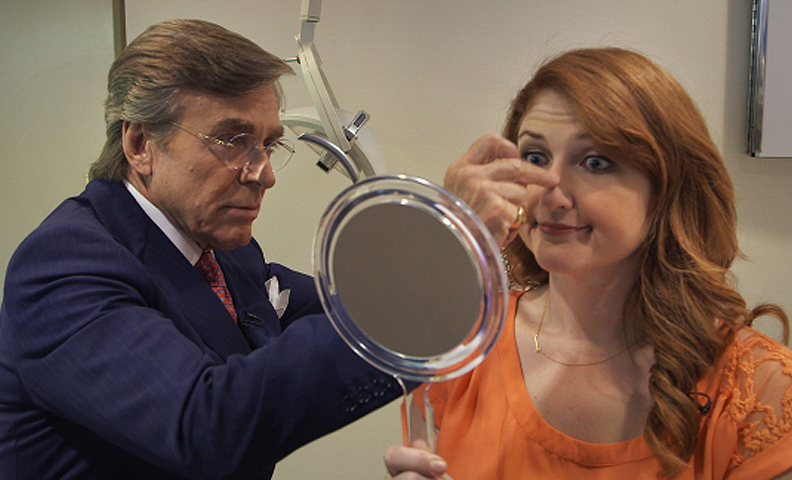
Most Comedic Cosmetic Documentary - "Take My Nose...Please!"
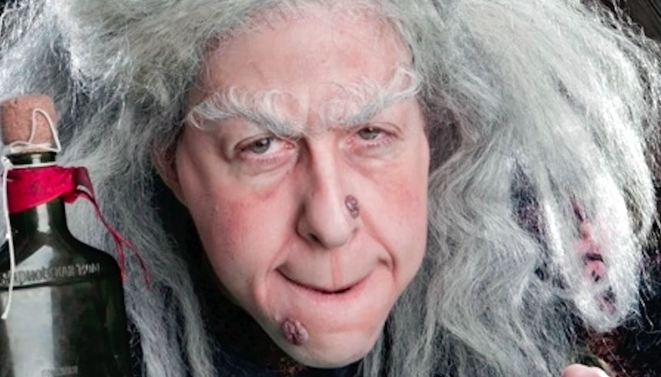
Comic Jackie Hoffman made up as witchy Gramma Addams as seen in the new Joan Kron film.
Jowls. A bulbous droopy schnoz. Eyelids that fold over themselves like Venetian blinds in need of a swift tug. Sun damage and age-related changes conspire against the wrinkle-free look of youth. Who over the age of 25 hasn't looked in the mirror and pondered, "What about a little tune-up?' Yet, in Western society, this conversation is usually a private one between our morning selves and the looking glass. Harking back to the Puritan days of Olde, we keep these musings secret. "Voldemort" is not the only "V word" that remains unspoken, the other is "Vanity."

Rosanne Barr tells Oprah about having her eyes done.
First time film maker Joan Kron has spent a career exploring this taboo topic in print. Despite perfectly good (and probably biological) reasons for wanting to look our best, the question remains: Why is plastic surgery so rarely discussed? As a writer and editor at Allure magazine, Kron found that film and television celebrities, some of whom have had a nip or tuck (or two), proved particularly mum on the subject.

Plastic surgery pioneer, Joan Rivers
Except for one group: Comediennes. Rather than play coy about cosmetic treatments, women in comedy have not just created a dialogue about cosmetic procedures, but have put that discussion front and center in their standup routines.

Margaret Cho gives the skinny on beauty treatments
Kron's new documentary is "Take My Nose, Please." An examination of aging for the ages, the film face-lifts the veil about going under the knife. Kron follows two funny femmes as they contemplate whether to take the procedural plunge. She also provides a hilarious recap of the history of celebrity plastic surgery with clips of Joan Rivers, Phyllis Diller, Rosanne Barr and Margaret Cho, among many others.
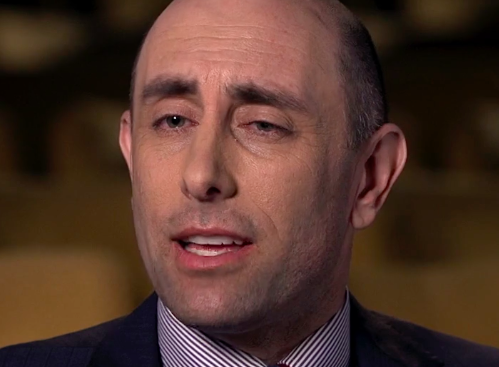

Most Comedic Cosmetic Documentary Runner Up: CNN's 2017 "History of Comedy" Series
